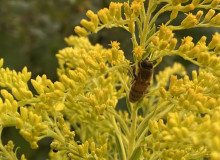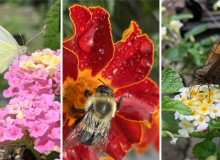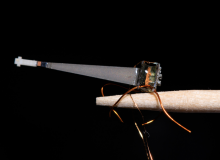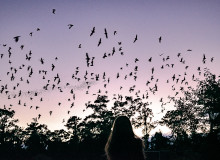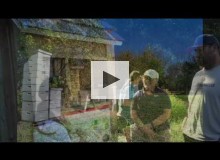pollinators
SUNY Environmental Science and Forestry
Important pollinators are losing their habitats at an alarming rate. Planting native flowers can help provide essential habitats for rebuilding healthy ecosystems.
University of Connecticut
Migratory pollinators are losing habitat due to human development. These Connecticut gardeners are fighting back.
George Washington University
Robotic bees are being developed to study buzz pollination and help support the conservation of declining bee populations across the globe.
University of Mississippi
The University of Mississippi recently joined the worldwide effort to save pollinators by housing honey bees at the University of Mississippi Field Station.
Planet Forward Correspondent | Eckerd College
In the time of the coronavirus pandemic, our unfounded fear of bats comes to a head. But they are vital part of a balanced ecosystem.
Northwestern University
The USDA gets public input on its Native Bee Monitoring Plan.
University of Nebraska - Lincoln
The University of Nebraska-Lincoln's Pollinator Plot is a demonstration and research garden and an outdoor classroom.

